Best places to visit in Slovenia
I found love in Slovenia — literally. Did you know that Slovenia is the only country in the world with the word “love” in its name? I didn’t know this until our Collette tour manager mentioned it when we visited this country in the Balkan region of Europe. And I’ve also learned since that Ljubljana (pronounced roughly loo·blee·aa·nuh), which we visited and is Slovenia’s largest city, sounds like ljubljena, which means “beloved” in Slovenian.
Of course, when I’m traveling with Mr. TWS, love is everywhere.
Highlights of Ljubljana and beyond
We really did love our time in Slovenia while on the “Taste of the Balkans” tour with Collette. It was the fourth country on our itinerary and our first- time visit.
Lovely Ljubljana
I love cities and Ljubljana is a city to love. This capital of Slovenia is full of history yet has a contemporary and vibrant feel. It struck me quickly as a city I’d like to get to know better. Its setting on the Ljubljana River, its architecture, and its cobblestone streets and squares add to a very romantic feel.
On a walking tour through the city center and the old town we got a great introduction to this beautiful old city and its cultural center while strolling along quiet tree-lined streets and through bustling squares with our knowledgeable local guide, a lifelong Ljubljana resident. Early on in the tour, we heard the pretty sounds of music coming from a nearby school. I felt it set a tone for the creative, art-filled city we were just getting to know.
City Center
Prešeren Square, Ljubljana’s central square, is named for Slovenian poet Dr. France Prešeren who is honored with a statue in the square (far right in the photo above). It is the heart of the city and a popular meeting place for locals. The pink 17th-century Franciscan Church of the Annunciation (on the left in the photo above) is a beautiful landmark and can also be helpful as a reference point while exploring the city.
Eye-catching architecture, such as the Vurnik House (shown below), designed by architect Ivan Vurnik in 1921, is a significant feature of Ljubljana’s city center.
But most of Ljubljana’s notable buildings, bridges and other structures are the result of the work of early modern, minimalist Slovenian architect Jože Plečnik and were built between the two World Wars.
Topping the list of his designs in the city are the Ljubljana Central Market (Plečnik’s Market) on the riverside, the Triple Bridge (three bridges across the Ljubljana River connecting the modern city at Prešeren Square and Old Town), and the National and University Library (considered to be his most important design in Slovenia). If you look closely in the photo above, you’ll notice that the upper story windows of the library are shaped like books.
We noticed right away that there was a significant bicycle culture in Ljubljana. It was interesting to learn that Ljubljana was the winner of the European Commission’s Green Capital of Europe Award in 2016 for its goals and initiatives to improve the environment which include, among other things, its implementation of pedestrian and cyclist zones, and green urban areas.
Old Town
Crossing the Ljublana river from the city center, we entered Old Town. Key landmarks are Ljubljana Cathedral (seen in the photo above) and Town Hall (below) on the bustling Town Hall Square.
Throughout the old town in the pedestrian zone are storefronts and restaurants with tables outside, small courtyards, and cobblestone passageways. You’ll find a wide variety of upscale international brands as well as specialized local shops.
Ljubljana Castle
It’s a short ride on a funicular to the top of the 375m-high hill to the medieval Ljubljana Castle. The castle goes back to the early 11th century, but most of the buildings we see today are from the 16th – 17th centuries. After a day of sightseeing, we went to the top and enjoyed wine on the restaurant terrace with a few of our fellow tour members. There are other interesting aspects of the castle, including a museum and exhibitions, but on this beautiful fall day we just wanted to relax, soak up the ambiance, and take in the beautiful views and sunset.
Stumbling stones — remembering the victims
Along the streets of Ljubljana, keep a look out for “stumbling stones”, meaningful plaques placed in the pavement as remembrances of the more than 150 Jews (mostly from the Croatian area of the former Yugoslavia) who fled to Ljubljana from Nazi persecution in 1941. They were later deported to Italy and then transferred to concentration camps. The plaques are placed at the address of their last freely chosen residence. The Stolpersteine (stumbling stones) Project was started by German artist Günter Demnig in 1996 and can be found in over 1,200 cities.
A few Ljubljana tips
Ljubljana restaurant tips (where we ate): There are many tempting restaurants we would have loved to try if we’d had more time, such as those seen in the photo below. We’re very happy with the restaurant choices we made based on recommendations of our local guide and tour manager.
Gostilna AS at Čopova ulica 5a — There’s a cozy atmosphere inside with great Mediterranean dishes of renowned Chef Svetozar Raspopović Pope, such as the grilled sea bass that Mr. TWS enjoyed, as well as hearty plates like the special steak and potatoes offering that I indulged in. A nice outdoor terrace space also makes it very popular with locals.
Gostilna Sokol at Ciril-Metodov trg 18 (shown below) — Sokol is a Ljubljana landmark established in 1870. Mr. TWS had a mushroom soup that he loved so much he ordered a second bowl. I savored a hearty dish of sausages and sauerkraut.
Souvenir tip: Lace, wood, and chocolate are some of the specialty Slovenian products to shop for in Old Town. We sampled chocolates made with salt from the Piran salt pans on Slovenia’s Mediterranean coast. The art and craft of Idrija bobbin lacemaking (originating in Idrija, Slovenia) has been inscribed on the UNESCO Representative List of the Intangible Cultural Heritage of Humanity. We happily hung an Idrija lace ornament on our Christmas tree this year for the first time. Handcrafted wooden products are also popular for gifts and souvenirs.
Hotel tip: We stayed at the stylish and contemporary Grand Plaza Hotel at Slovenska cesta 60. The convenient location gave us easy access to the old city and city center. It was less than a 10 minute walk to Prešeren Square.
The Lipizzans of Lipica
From our hotel in Ljubljana, we were driven about 50 miles by our Collette coach driver to the Lipica Stud Farm where the famous Lipizzan horses of the Habsburg Empire have been bred and trained since the 16th century.
The farm and its grounds consist of over 700 acres of beautiful pastures where the more than 300 Lipizzan horses can be found grazing. We had seen these beautiful animals in Vienna at the Spanish Riding School and now it was cool to see them here at the largest Lipizzan stud farm in the world.
The horses are trained for many years in the art of their trademark elegant and difficult movements. A great deal of trust develops between the horses and their riders which is critical to their performances.
Did you know that although the Lipizzan horses we are familiar with are white, they are actually born dark in color? Our guide talked about interesting aspects of the horses like this as well as the history of the breed and the farm as she showed us around the grounds including a training corral and the stables.
On a carriage led by two white stallions we rode along the tree-lined lanes of the farm. We sat back and enjoyed the peaceful pastoral setting while listening to the clip-clop of the horseshoes in front. To top off our Lipica experience, the coachman dropped us off near an expansive lawn with wide views of the hills and countryside for a wonderful picnic lunch. We were served a plentiful and delicious spread of hams, cheeses, fish, and special juice drinks.
Gorgeous Lake Bled
Set below the Julian Alps of northwestern Slovenia about 35 miles from Ljubljana, glacier-formed Lake Bled is famous as a really stunning place on earth. There are beautiful scenes everywhere here, seemingly from every vantage point.
Bled Island is reached on traditional boats of Bled called pletna, gondola-like boats propelled by a standing oarsman.
Topping the island is the 17th-century Church of the Assumption of Mary, also known as the Chapel of St. Maria, which was consecrated in 1142. The bell tower was added in the 17th century and you’ll the bell clang frequently as you explore the island. It is popular for tourists to pay a fee to ring it because legend has it that ringing the bell three times will make your wish come true.
From the dock, there are 99 steps to reach the church where there is also a cafe, shop, and more wonderful views of the lake and surrounding area.
Although it wasn’t part of itinerary, it is also possible to visit the 12th-century Bled Castle (shown in the photos above and below).
I’m sure that Lake Bled is a great place to visit any time of year, but I really enjoyed being there in early fall.
Getting around the lake tip: If you’ve go the time and inclination, you can walk around the entire lake in about an hour or take a horse and carriage ride.
Deliciousness tip: Don’t miss the chance to have a delectable taste of kremsnita at Lake Bled where this wonderful dessert was created in 1953 at the cake shop of Hotel Park. It’s an incredibly delicious cream and custard cake with a crisp crust, the recipe which goes back to the Austro-Hungarian Empire of the 18th and 19th centuries. It is so delicious that I’ve had many cravings for it since we returned home.
WOW, Ljubljana! WOW, Slovenia! — Could this be love?
As you’ve probably figured out from our previous social media and blog posts, we loved our tour of the Balkans with Collette. Thanks for the memories, Collette.
PIN it for later

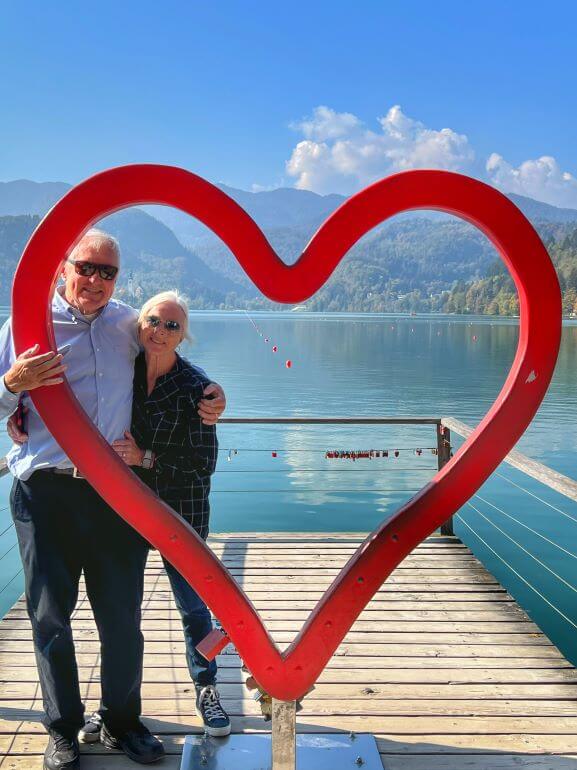
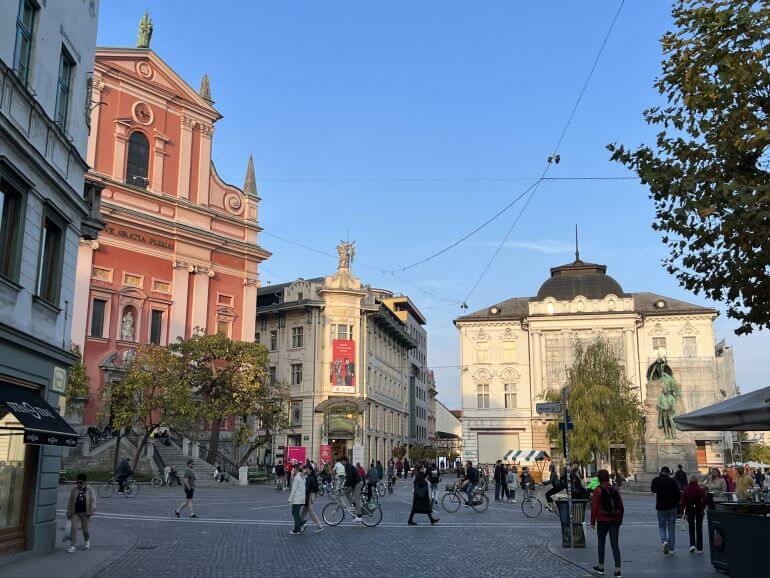
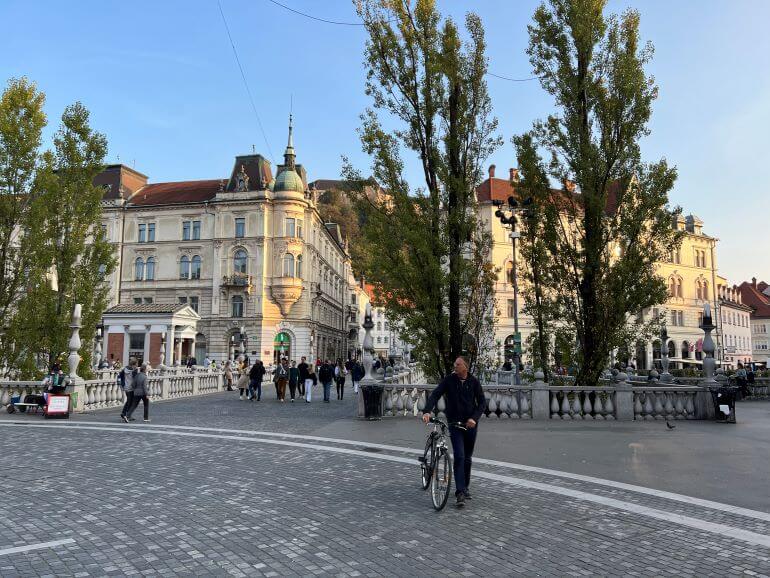
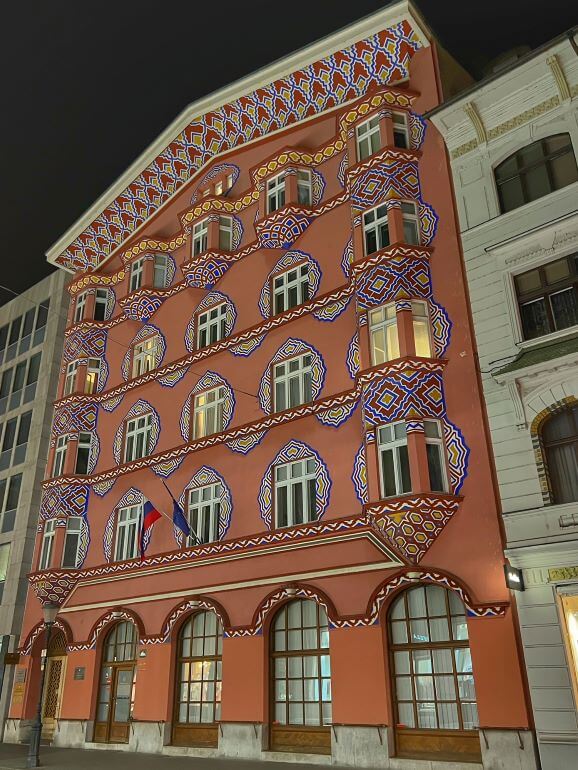
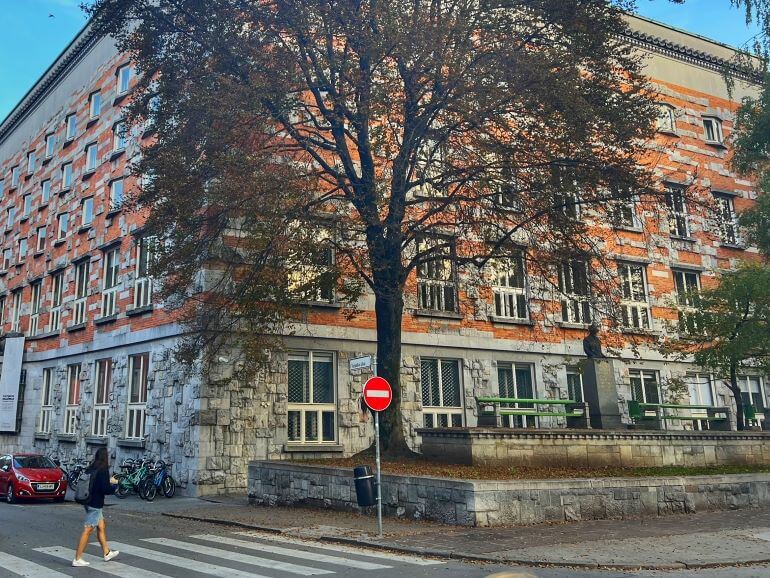
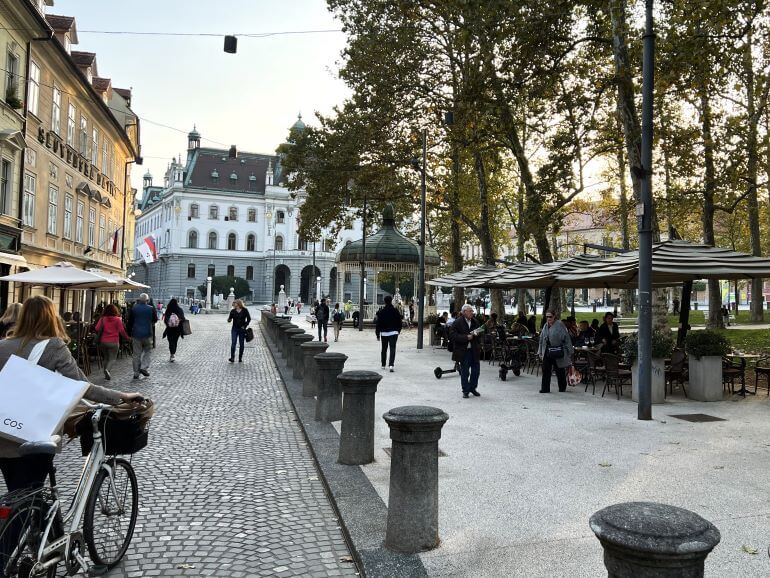
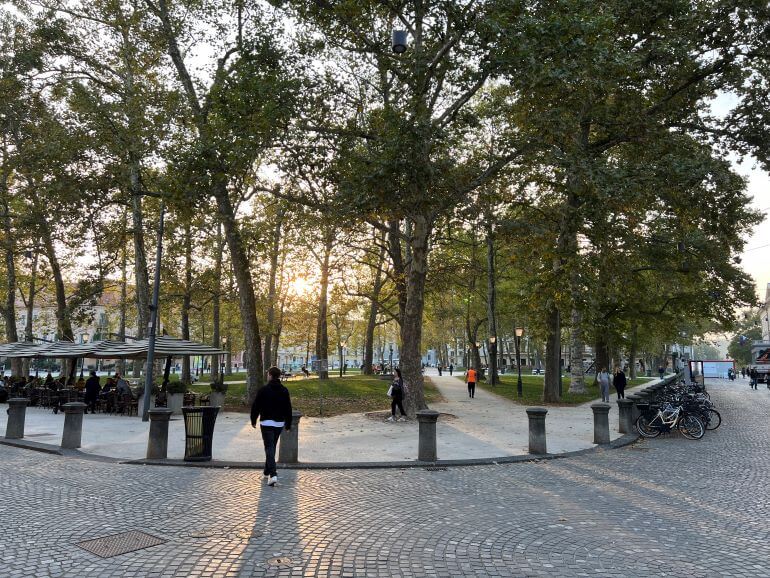
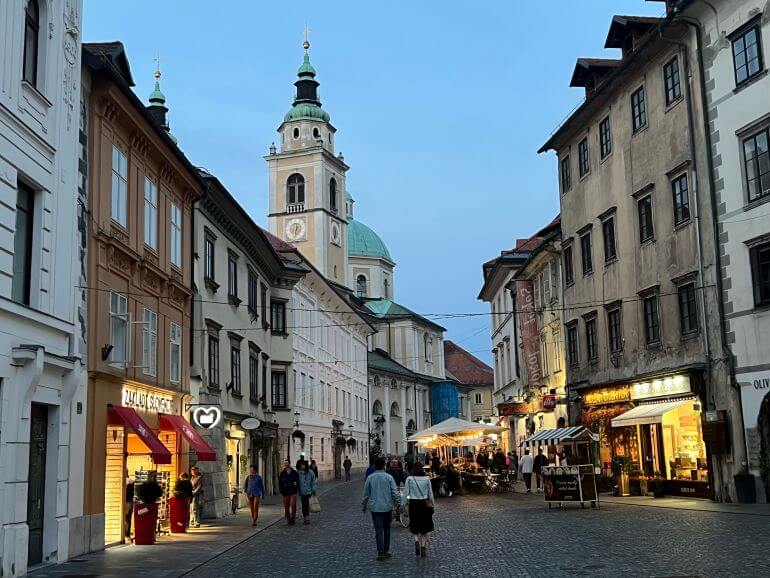
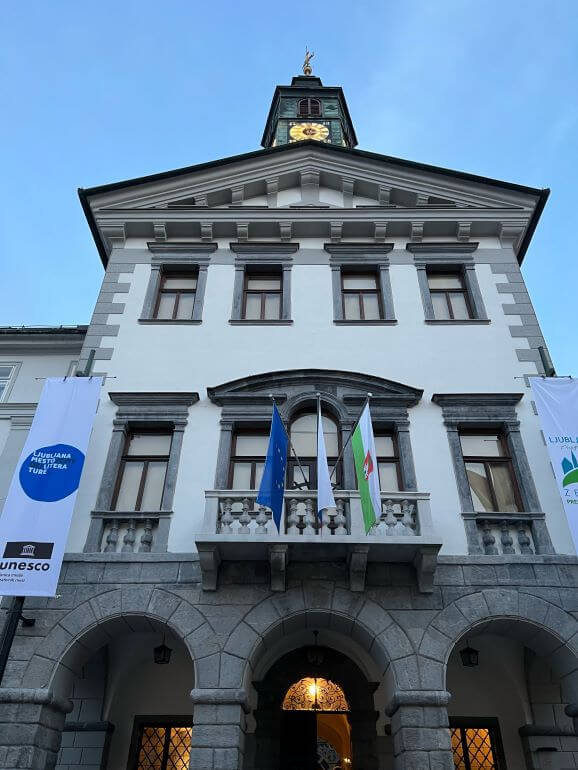
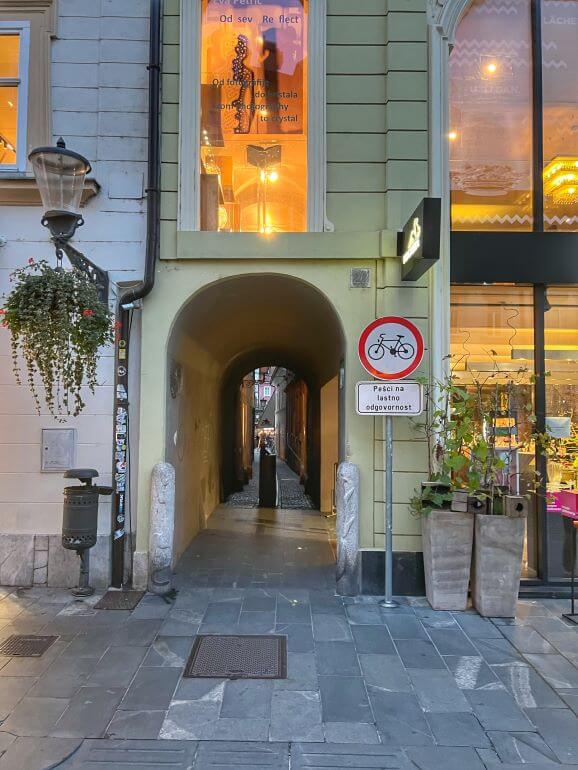
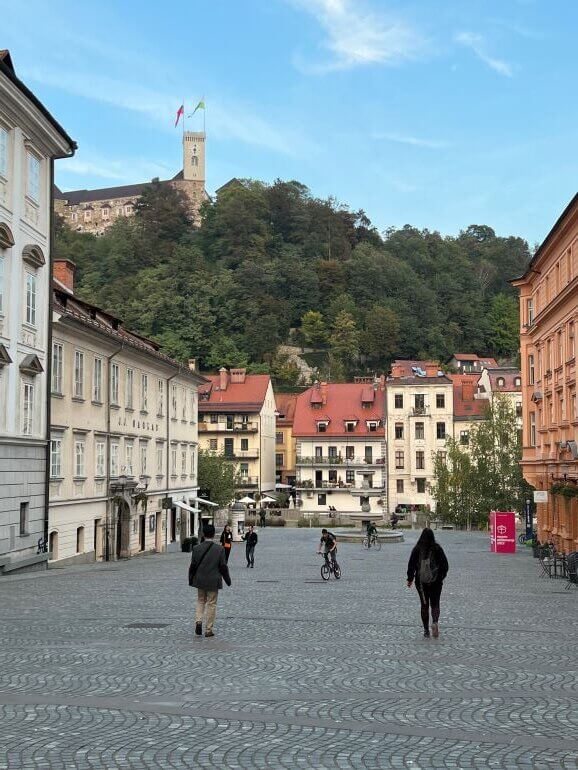
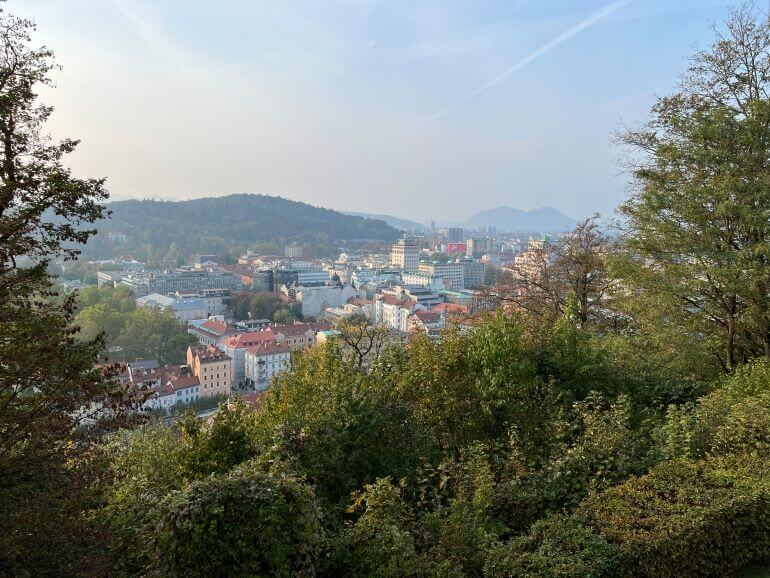
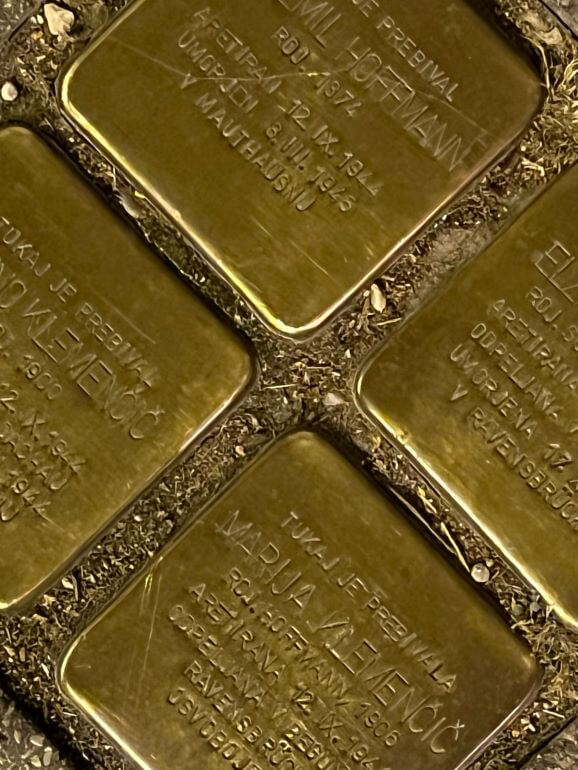
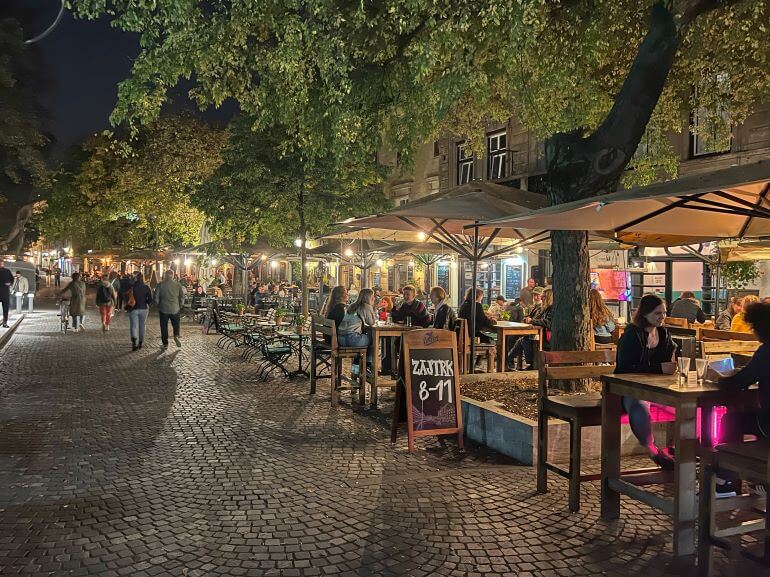

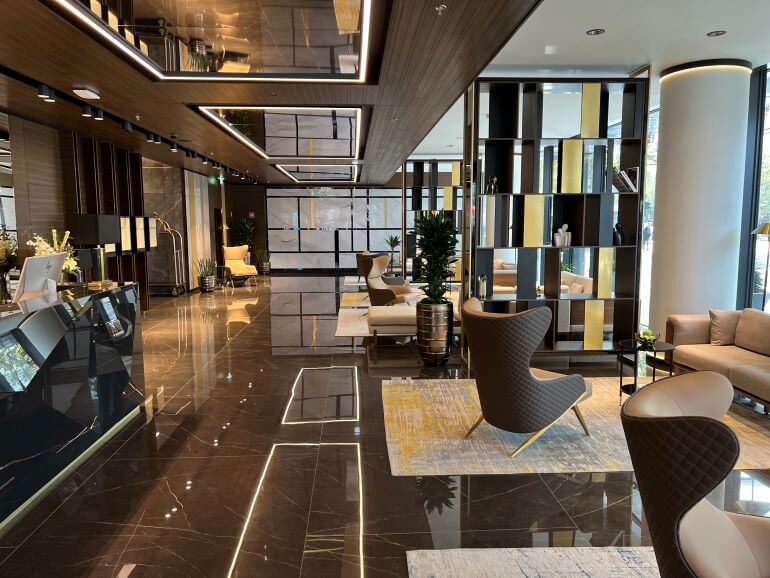
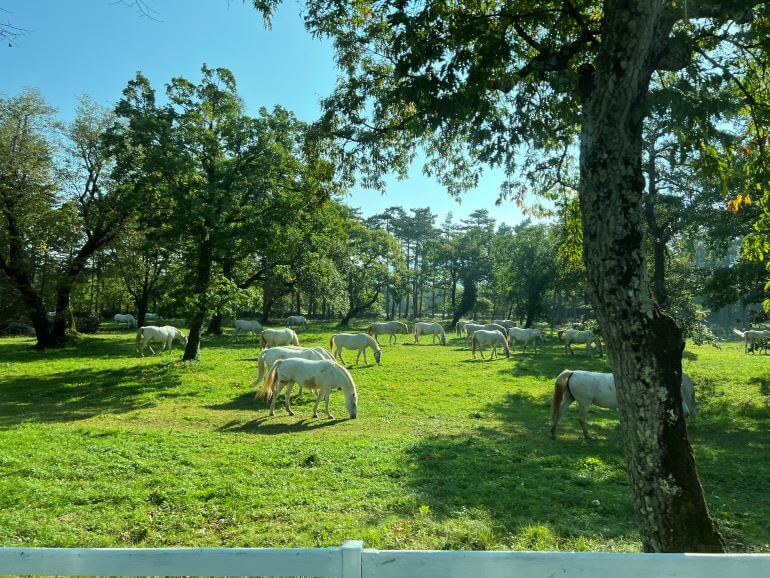
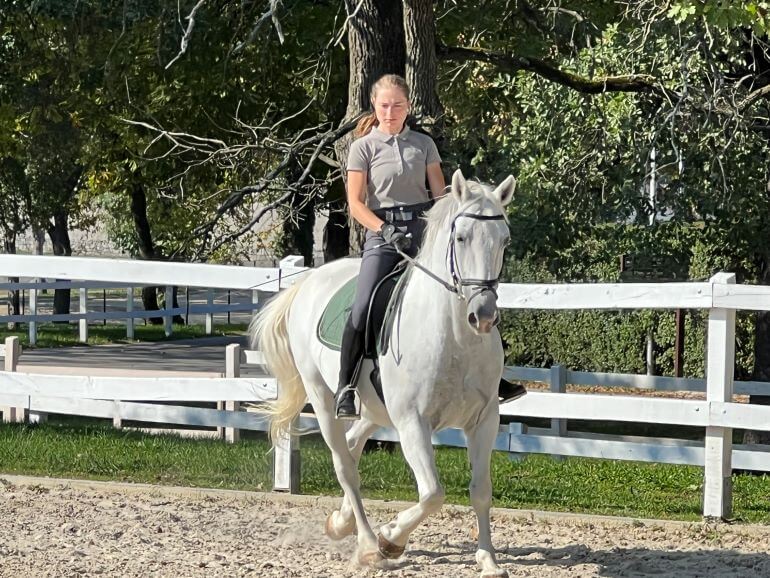
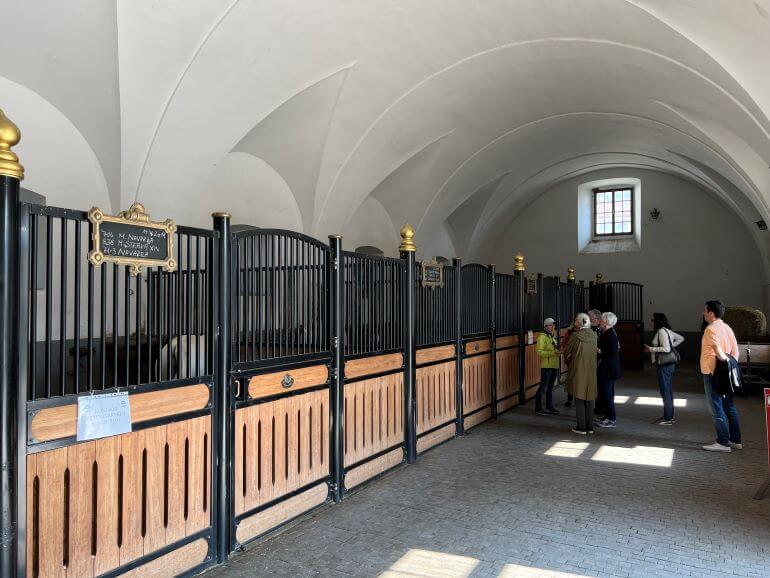
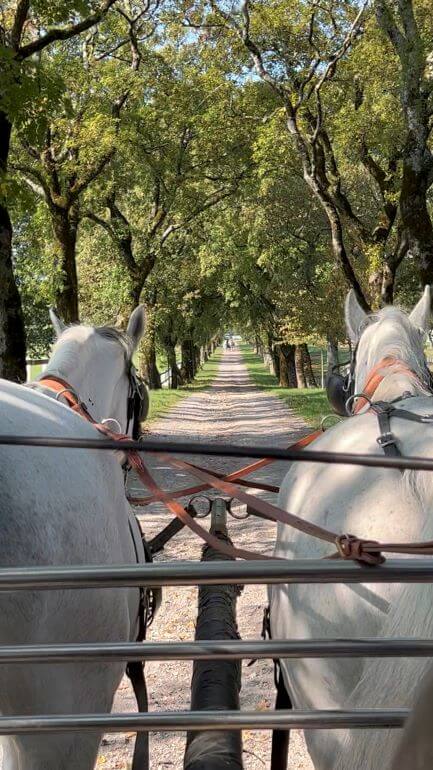
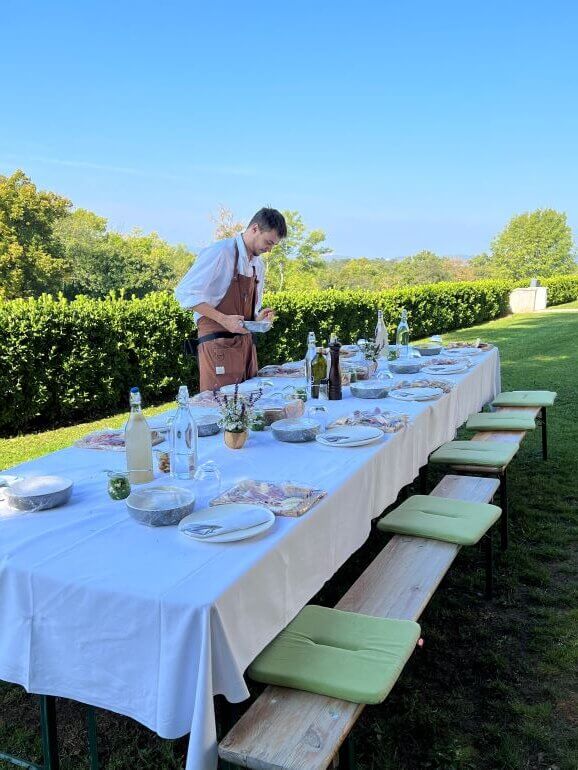
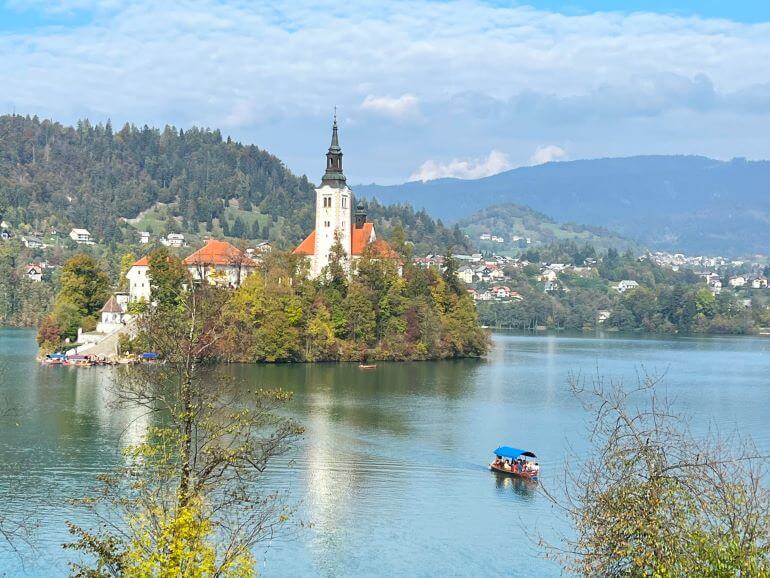
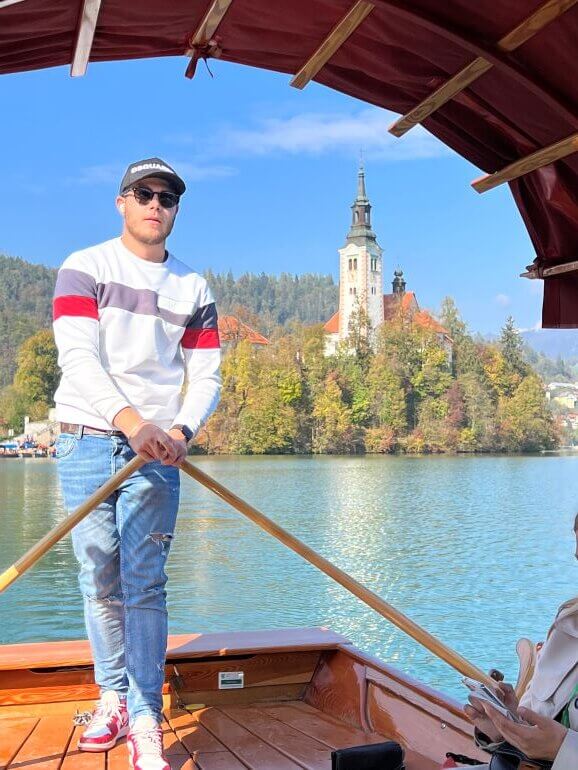
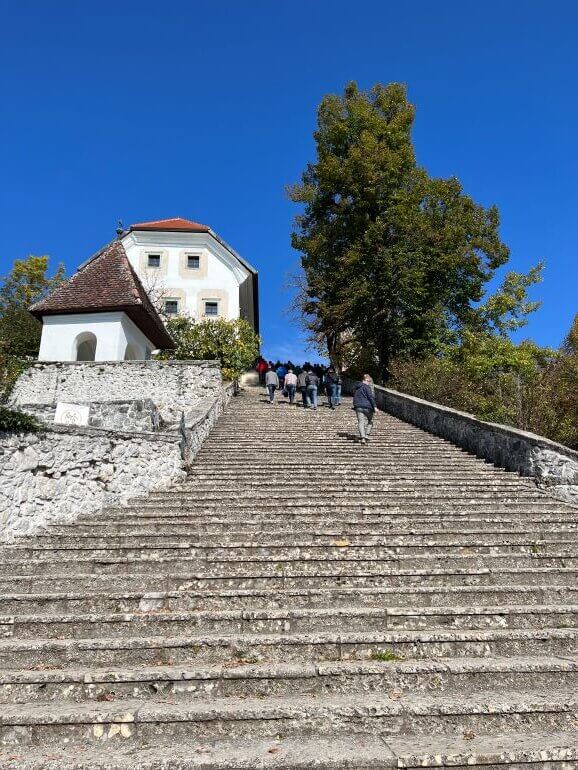
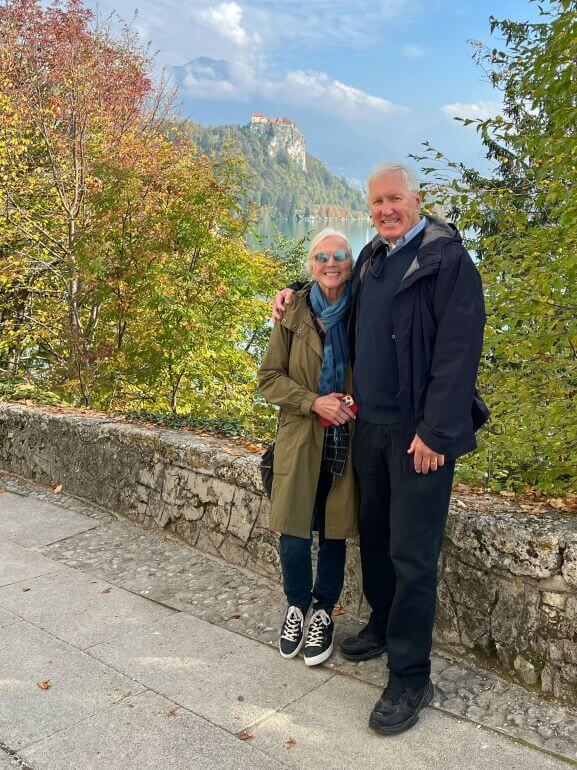
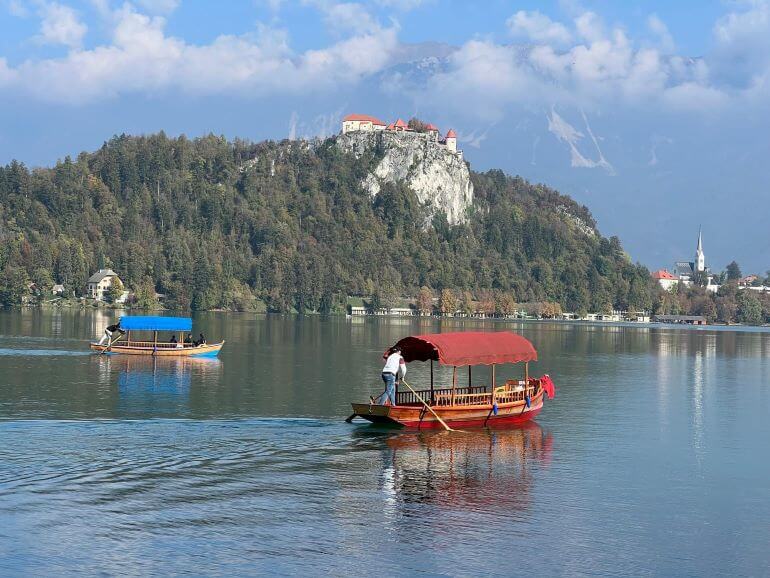
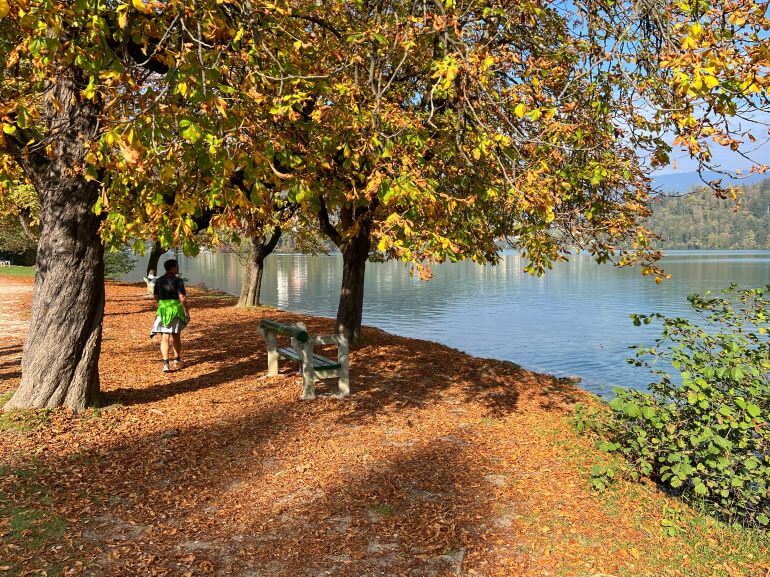
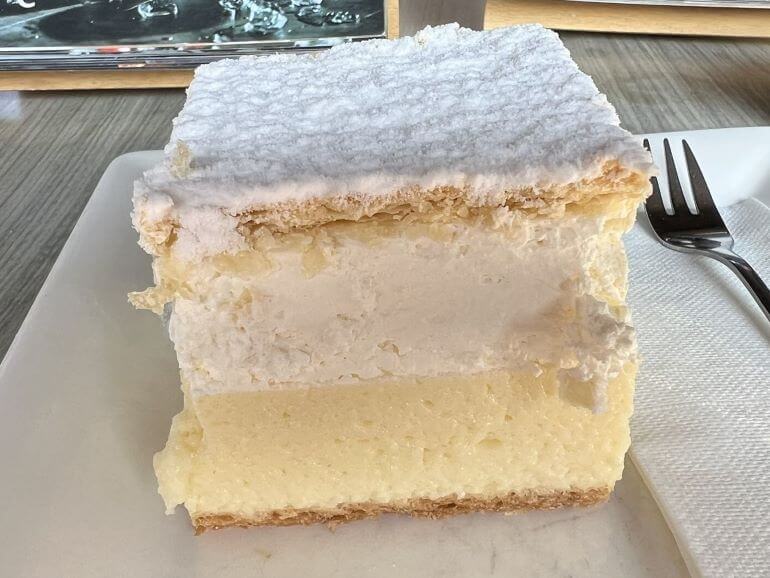
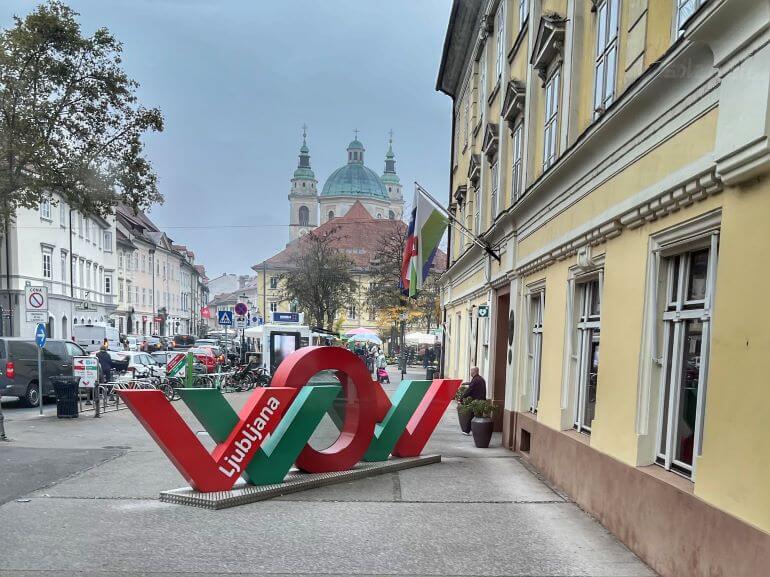
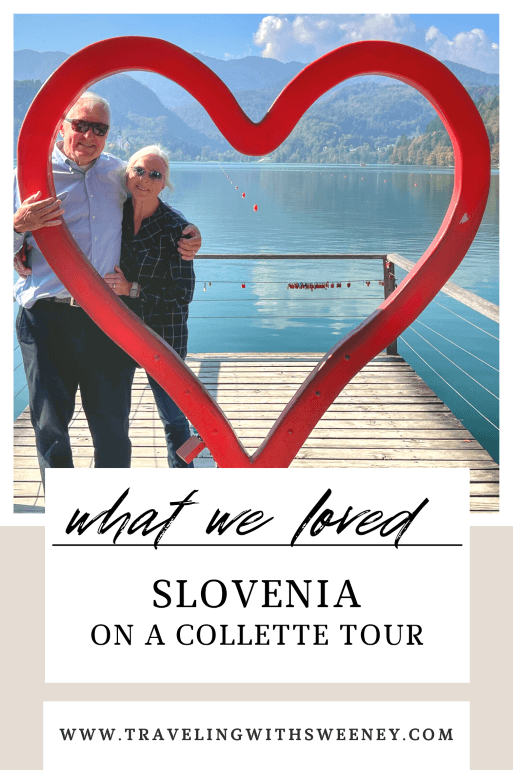
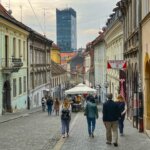
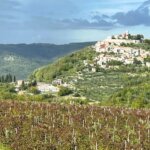
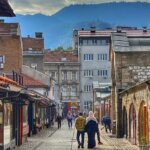
I didn’t know that Slovenia is the only country in the world with the word “love” in its name.
I would love to cycle around Ljubljana to get a glimpse of this beautiful city.
I very rarely hear about Slovenia and thanks for your insight.